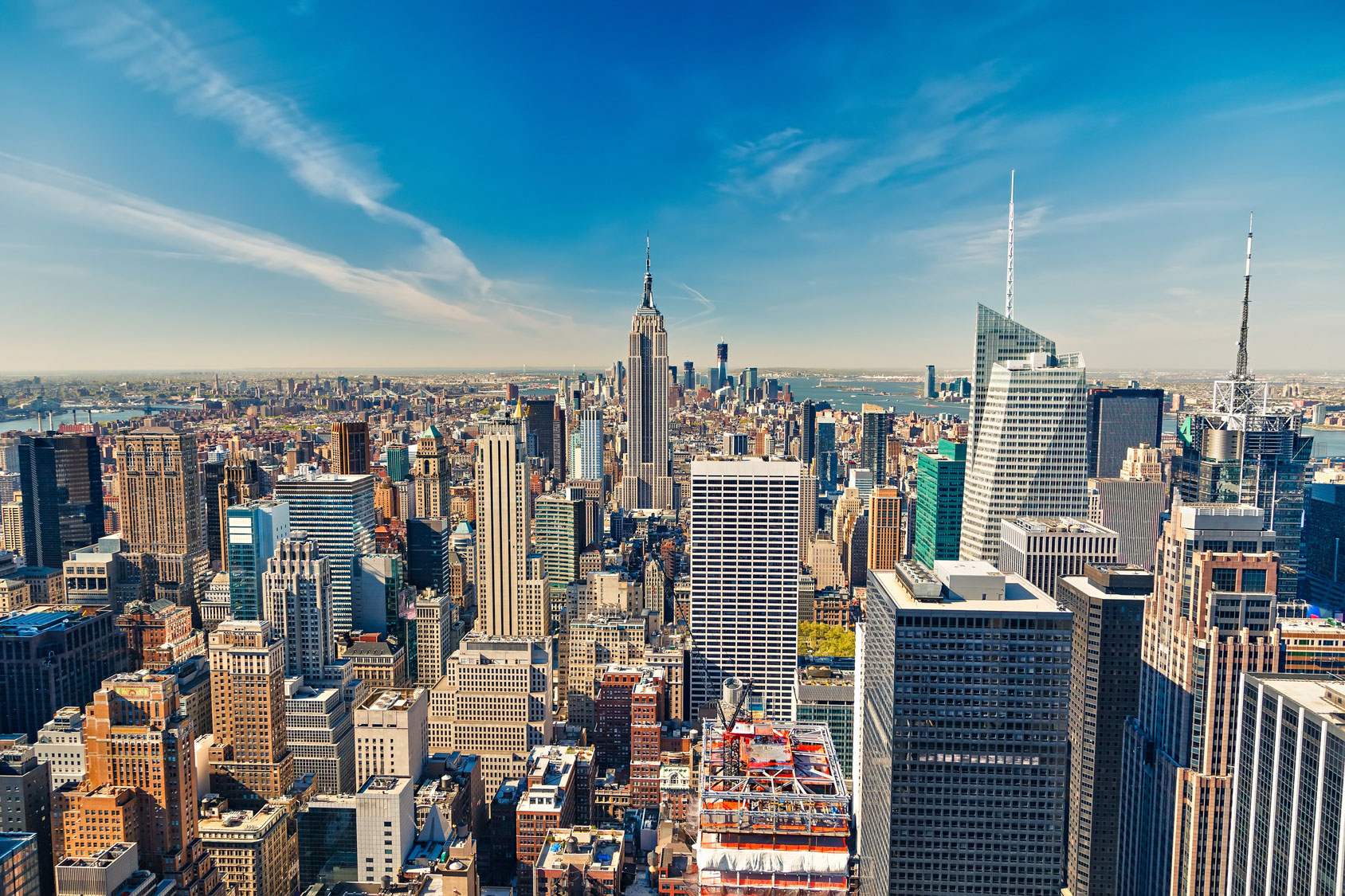Maintenance mode is on
Site will be available soon. Thank you for your patience!
Please email leads@nationalflood.us or call 860-222-3055 with any questions

Site will be available soon. Thank you for your patience!
Please email leads@nationalflood.us or call 860-222-3055 with any questions
